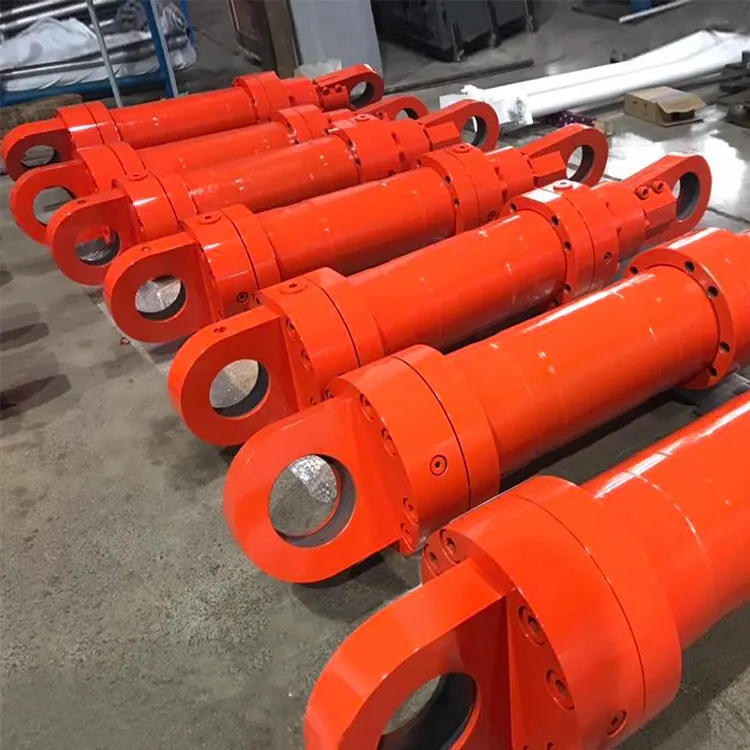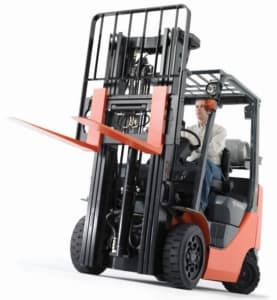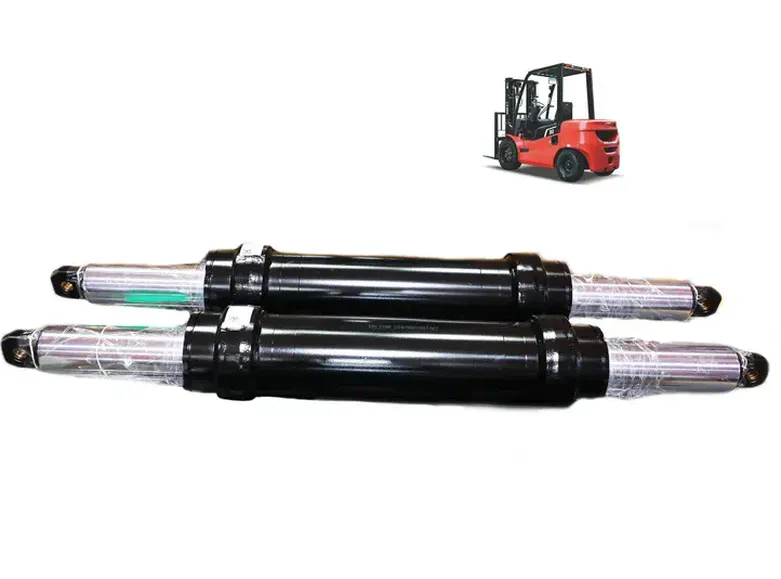Product Description
SEM Series Road Construction Equipments
Our products include loaders, bulldozers, road rollers, graders, structural parts, work tools and other components. Shangong Machinery has a variety of wheel loaders, road rollers, graders and track-type tractors. All products meet or exceed the quality and reliability requirements of the local industry to meet the needs of customers in China and the global construction machinery industry.
We are the first level agency for CHINAMFG wholesale tuck series, we can supply CHINAMFG tractor trucks, CHINAMFG dump trucks, trailer truck, truck parts, agricultural machinery, agricultural machinery parts,HOWO concrete mixer trucks, special trucks and so on.we can supply trucks for our clients with good quality and competitive price, because we get directly support from the CHINAMFG factory.
Product Description:
Reliability and durability:Heavy duty truck frame, mature fixed shaft drive system, heavy duty cycle period lengthening.
Work efficient:High speed and low speed joint operation with automatic high leveling work device, shovel loading efficiency greatly improved.
Economics and energy efficiency:Low - speed engine, large displacement dual pump flow hydraulic system, high efficiency and energy saving.
Comfortable manipulation:Mold forming ,panoramic cab, pilot handle, large seat, low noise.
main performance parameters of Wheel Loader SAM956
| Performance | 1 | rated load | 5000kg |
| 2 | overall weight | 16500kg | |
| 3 | rated bucket capacity | 3.3m3 | |
| 4 | maximum tractive force | 152KN | |
| 5 | maximum breakout force | ≥170KN | |
| 6 | maximum grade ability | 30ºC | |
| 7 | maximum dump height | 3150mm | |
| 8 | maximum dump reach | 1250mm | |
| 9 | overall dimension (L×W×H) | 8247×3050×3416mm | |
| 10 | minimum turning radius | 6640mm | |
| Engine | 11 | model | Weichai SteyrWD10G220 |
| 12 | type | lnline water cooling dry cylinder injection | |
| 13 | No. of cylinder-bore/stroke | 6-126×130mm | |
| 14 | rated power | 162kw--2400r/min | |
| 15 | maximum torque | 860N.m | |
| 16 | min fuel-consume ratio | ≤215g/kw.h | |
| Transmission system | 17 | torque converter | YJ375 |
| 18 | gearbox mode | Power shift normally engaged straight gear | |
| 19 | gear shift | 4 CHINAMFG shift 4reverse shift | |
| 20 | maximum speed | 38km/h | |
| Drive axles | 21 | :main reducing spiral |
bevel gear grade 1reduction |
| 22 | decelerating mode | planetary reduction,grade 1 | |
| 23 | wheel base (mm) | 3200mm | |
| 24 | wheel tread | 2250mm | |
| 25 | minimum ground clearance | 450mm | |
| Hydraulic system | 26 | system working pressure | 18MPa |
| 27 | boom lifting time | 5.95±0.2s | |
| 28 | total time | 10.95±0.5s | |
| 29 | fuel tank capacity | 300L | |
| 30 | function of leveling automatically | yes | |
| Brake system | 31 | service brake | air over hydraulic disc brake on 4 wheels |
| 32 | parking brake | manual parking brake | |
| Tyre | 33 | type specification | 23.5-25 |
| 34 | front tyre pressure | 0.4Mpa | |
| 35 | rear tyre pressure | 0.35Mpa |
Certificates
Shipping Port
Warranty
1. Manufacturer, more than 20 years professional experience.
2. CCC,SGS and ISO9001 certificate, 1 year guarantee term provided.
3. Small order can be accepted
4. Any color and logo will be available.
5. Products can be custom-made according to your design, or diversified needs.
6. One year quality guarantee or within 100000km, which comes the first.
7. Other spare part could be supplied by OEM at cost prices.
8. Regularly callback to know the vehicle's working status.
9.The overseas engineers are always ready to deal with unexpected needs.
Relevant Products
1.Water Truck 2.Insulated Truck and Milk Truck 3.Sewage Suction Truck
4.Garbage Truck 5. High-altitude Operation Truck/Truck with Crane
6.Fuel Truck 7.Chemical Liquid Truck 8.Bulk Cement Truck
9. Concrete Mixer Truck 10.Tractor 11.Semi-Trailer
12. Fire Fighting Truck 13.Dump Truck 14.Van Truck/Refrigerated Truck/Refrigeration Truck
15.Wrecker/Tow Truck 16.Flatbed Truck/Low Bed Truck 17.Sweeper Truck
18. High Pressure Cleaning Truck 19.Liquefied Gas Transport Truck 20.Pressure Vessel
Contact Us
| Certification: | TUV, ISO, RoHS, CE |
|---|---|
| Condition: | New |
| Rated Load: | 3-6t |
| Transmission: | Hydraulic |
| Load and Unload Mode: | Front Discharge |
| Walking Mode: | Wheeled |
| Customization: |
Available
|
|
|---|

How does a forklift hydraulic cylinder handle variations in cylinder size?
A forklift hydraulic cylinder is designed to handle variations in cylinder size and accommodate different lifting capacities. Here's an explanation of how it achieves this:
The hydraulic cylinder's ability to handle variations in cylinder size is primarily dependent on its design and the following factors:
1. Piston Diameter:
The piston diameter of the hydraulic cylinder determines the lifting force it can generate. Forklift hydraulic cylinders are designed with different piston diameters to accommodate various load capacities. Larger piston diameters provide higher lifting capacities, while smaller diameters are suitable for lighter loads. The cylinder is designed and manufactured to match the required lifting capacity based on the forklift's specifications.
2. Cylinder Construction:
The hydraulic cylinder is constructed to withstand the forces exerted during lifting operations. The materials used in its construction, such as high-strength steel, are selected based on the anticipated load capacities. The cylinder's structural integrity ensures that it can handle the stress and pressure exerted during lifting, regardless of the cylinder size.
3. Hydraulic System Pressure:
The hydraulic system pressure plays a crucial role in determining the lifting capacity of the cylinder. By increasing or decreasing the pressure of the hydraulic fluid, the lifting force generated by the cylinder can be adjusted. The forklift's hydraulic system is designed to provide sufficient pressure to match the lifting requirements of different cylinder sizes.
4. Control Valves and Flow:
The forklift's hydraulic system incorporates control valves that regulate the flow of hydraulic fluid to the cylinder. These valves allow the operator to control the speed and force of the cylinder's extension and retraction. By adjusting the flow rate, the lifting capacity can be tailored to suit the specific cylinder size and the load being lifted.
5. Sealing Mechanisms:
The hydraulic cylinder incorporates seals to prevent fluid leakage and maintain pressure. These seals, designed to accommodate different cylinder sizes, ensure a proper seal between the piston and cylinder barrel. They are selected based on the specific requirements of the cylinder size to maintain optimal performance and prevent leakage.
In summary, a forklift hydraulic cylinder handles variations in cylinder size by incorporating design elements such as piston diameter, appropriate construction materials, hydraulic system pressure, control valves, and sealing mechanisms. These factors work together to ensure that the cylinder can generate the required lifting force and withstand the forces exerted during lifting operations, regardless of the cylinder size.

How does a forklift hydraulic cylinder contribute to load rotation?
A forklift hydraulic cylinder plays a significant role in facilitating load rotation. The hydraulic cylinder enables the forklift to manipulate and reposition loads by providing controlled rotational movement. Here's an explanation of how the hydraulic cylinder contributes to load rotation:
The forklift hydraulic cylinder contributes to load rotation in the following ways:
1. Tilt Function:
Hydraulic cylinders are responsible for the tilt function of the forklift's mast or carriage. The hydraulic cylinder controls the tilting mechanism, allowing the forks or attachments to tilt forward or backward. By adjusting the tilt angle, the hydraulic cylinder enables the forklift to change the orientation of the load and achieve load rotation.
2. Controlled Movement:
The hydraulic cylinder provides controlled movement during load rotation. It allows the operator to adjust the speed and direction of the tilt function, ensuring smooth and precise rotation of the load. The operator can manipulate the hydraulic controls to achieve the desired rotation angle and maintain stability throughout the process.
3. Load Centering:
Hydraulic cylinders contribute to load rotation by assisting in load centering. The hydraulic system can be equipped with attachments such as rotators or clamps that are actuated by hydraulic cylinders. These attachments help secure the load and ensure it remains centered during rotation, preventing imbalances or accidents.
4. Load Manipulation:
The hydraulic cylinder allows for load manipulation during rotation. By controlling the tilt function, the hydraulic cylinder enables the forklift to precisely position the load, making it easier to place or retrieve items from specific locations. Load rotation facilitated by the hydraulic cylinder enhances the forklift's versatility and efficiency in various material handling tasks.
5. Operator Control:
Forklift hydraulic cylinders are operated by the forklift operator using hydraulic controls. The operator can adjust the tilt angle and speed of the hydraulic cylinder to achieve the desired load rotation. The hydraulic system provides the necessary responsiveness and control, allowing the operator to safely and accurately manipulate the load.
In summary, a forklift hydraulic cylinder enables load rotation through its tilt function, controlled movement, load centering capabilities, load manipulation, and operator control. The hydraulic cylinder's ability to provide controlled rotation enhances the forklift's versatility and efficiency in handling different types of loads and materials.

How Does a Forklift Hydraulic Cylinder Handle Variations in Load Weight?
A forklift hydraulic cylinder is designed to handle variations in load weight by utilizing the principles of hydraulic pressure and force. The hydraulic system of a forklift, including the hydraulic cylinder, employs a closed-loop system that allows for efficient and precise handling of different load weights. Here's how a forklift hydraulic cylinder handles variations in load weight:
- Hydraulic Pressure:
- Force Balance:
- Load Sensing Valves:
- Controlled Lowering:
- Stability and Balance:
The hydraulic cylinder in a forklift operates based on the principle of hydraulic pressure. The forklift's hydraulic system includes a hydraulic pump that pressurizes the hydraulic fluid, typically hydraulic oil. When the forklift operator activates the controls to lift a load, the pressurized hydraulic fluid is directed to the hydraulic cylinder. The high-pressure fluid exerts force on the piston inside the cylinder, creating an upward force that lifts the load.
The hydraulic cylinder is designed to maintain a force balance between the load weight and the hydraulic pressure. As the load weight increases, the hydraulic system compensates by adjusting the hydraulic pressure accordingly. The hydraulic pump supplies more pressurized fluid to the cylinder, allowing the cylinder to generate the required force to lift the heavier load. This force balance ensures that the forklift can handle variations in load weight effectively.
Modern forklifts often incorporate load sensing valves in their hydraulic systems to further optimize load handling. Load sensing valves continuously monitor the load weight and adjust the hydraulic pressure accordingly. These valves sense the force exerted on the hydraulic cylinder and regulate the pressure to match the load weight. When a heavier load is detected, the load sensing valve signals the hydraulic pump to increase the pressure, ensuring the necessary force is applied to lift the load safely and efficiently.
In addition to handling variations in load weight when lifting, forklift hydraulic cylinders also ensure controlled and safe lowering of the load. The hydraulic system uses various control valves and mechanisms to regulate the flow of hydraulic fluid during lowering. This allows for precise and gradual lowering of the load, regardless of its weight. The operator can control the descent speed using the forklift's controls, ensuring smooth and safe handling of the load during the lowering process.
While the hydraulic cylinder plays a crucial role in handling variations in load weight, maintaining stability and balance is equally important. Forklifts are designed with a stable base and a counterweight at the rear to provide balance and prevent tipping. The hydraulic system, including the cylinder, works in conjunction with the forklift's overall design to maintain stability and ensure safe operation, especially when dealing with uneven or shifting loads.
In summary, a forklift hydraulic cylinder handles variations in load weight by utilizing hydraulic pressure, force balance, load sensing valves, and controlled lowering mechanisms. These components and systems work together to ensure that the hydraulic cylinder can lift and lower loads of different weights safely and efficiently. The ability to adapt to varying load weights is essential for the versatility and effectiveness of forklifts in various material handling applications.


editor by CX 2023-11-18